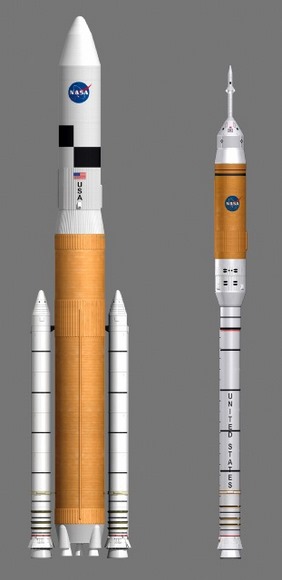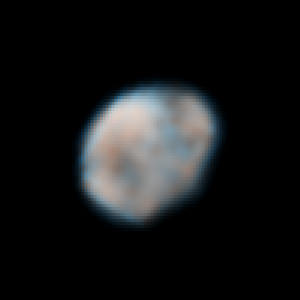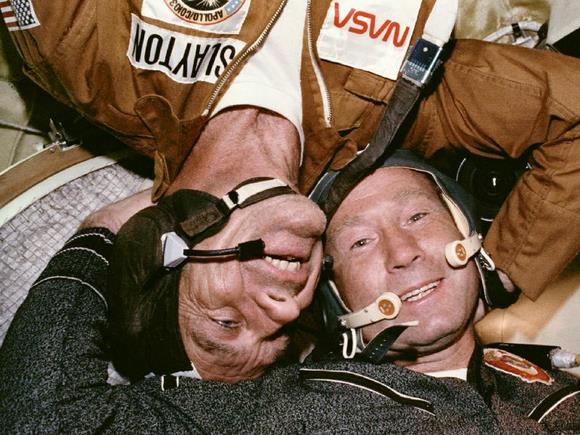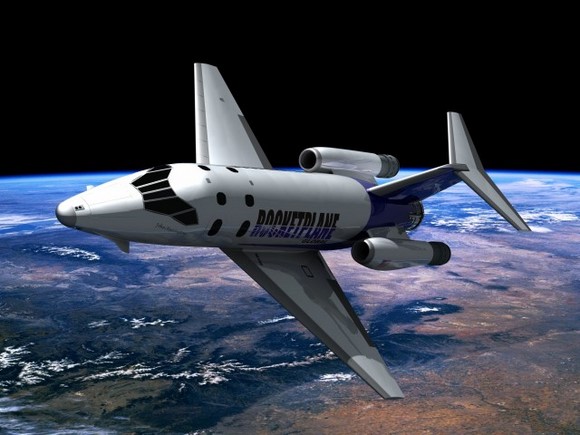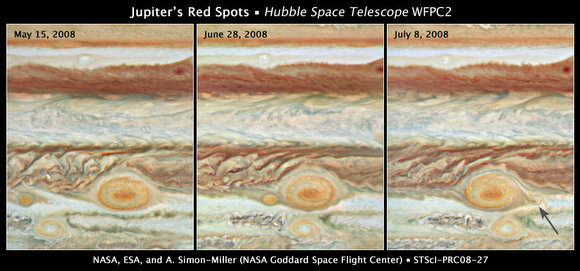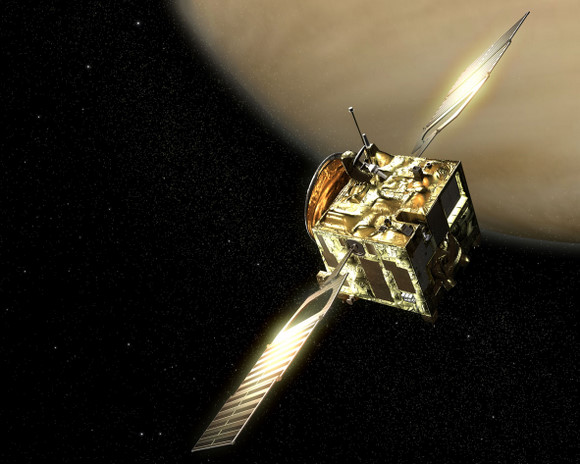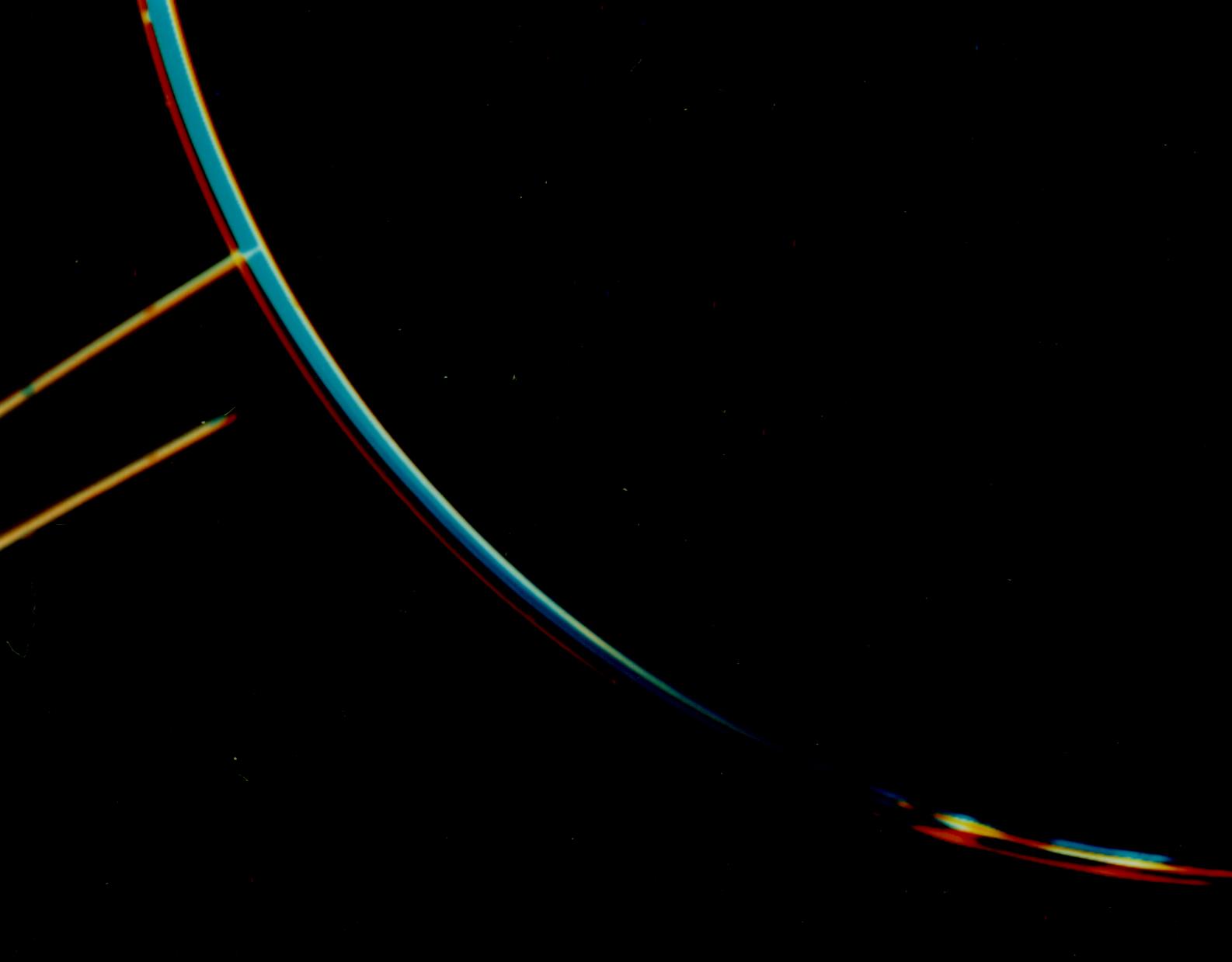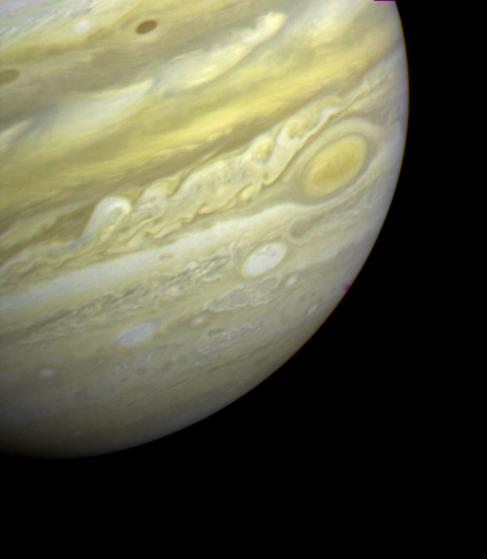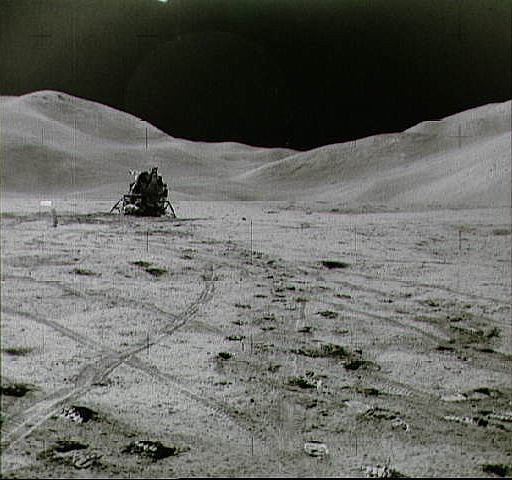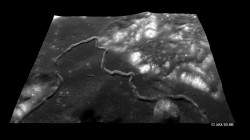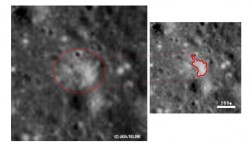[/caption]
Ever wonder what an approaching alien spacecraft would see as it comes within tracking range of our Earth/Moon system? NASA’s EXPOXI mission, which uses the old Deep Impact spacecraft, has created a video of the moon transiting (passing in front of) Earth as seen from the spacecraft’s point of view 50 million kilometers (31 million miles) away. Scientists are using the video to develop techniques to study alien worlds. “Making a video of Earth from so far away helps the search for other life-bearing planets in the Universe by giving insights into how a distant, Earth-like alien world would appear to us,” said astronomer Michael A’Hearn, principal investigator for the Deep Impact extended mission, called EPOXI. The video is pretty amazing and there’s actually two versions of the video; the first one uses a red-green-blue filter, showing how it looks with our human eyes, and the second uses an infrared-green-blue, which makes the vegetation on the land masses show up in red.
And the infrared version:
EPOXI is a combination of the names for the two extended mission components: a search for alien (extrasolar) planets during the cruise to Hartley 2, called Extrasolar Planet Observations and Characterization (EPOCh), and the flyby of comet Hartley 2, called the Deep Impact eXtended Investigation (DIXI).
“To image Earth in a similar fashion, an alien civilization would need technology far beyond what Earthlings can even dream of building,” said Sara Seager, a planetary theorist at the Massachusetts Institute of Technology, Cambridge, Mass., and a co-investigator on EPOXI. “Nevertheless, planet-characterizing space telescopes under study by NASA would be able to observe an Earth twin as a single point of light — a point whose total brightness changes with time as different land masses and oceans rotate in and out of view. The video will help us connect a varying point of planetary light with underlying oceans, continents, and clouds — and finding oceans on extrasolar planets means identifying potentially habitable worlds.” said Seager.
Pretty exciting stuff!
Original News Source: NASA Press Release, with a little help from Bad Astronomy for the videos


